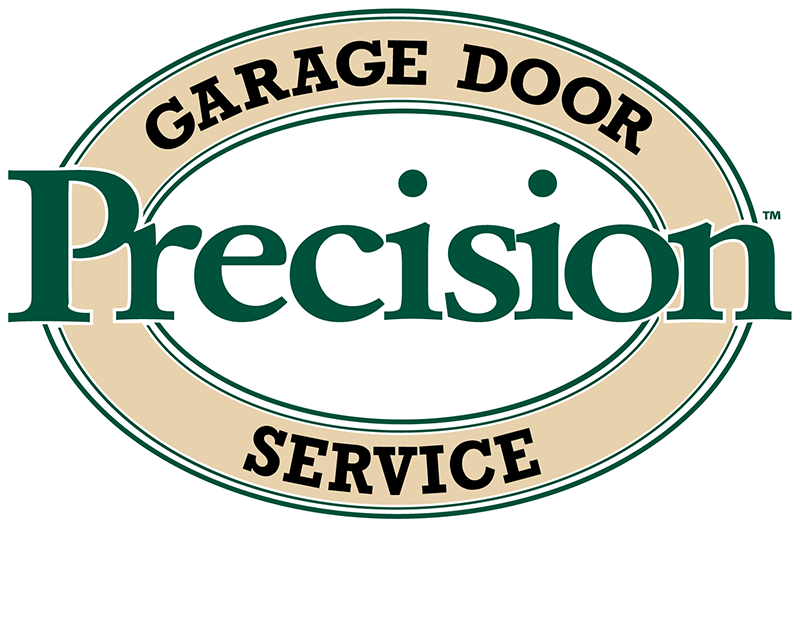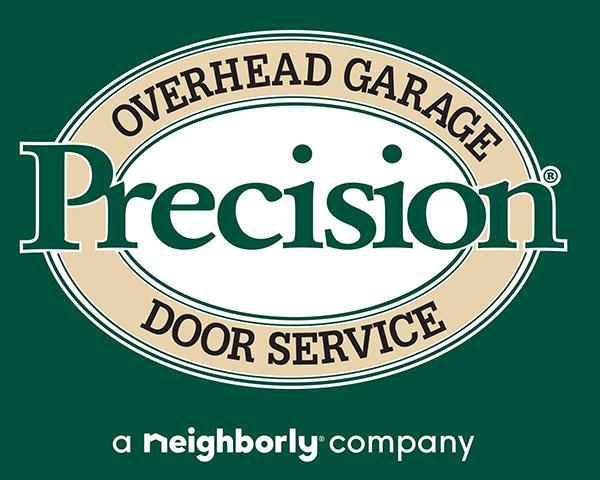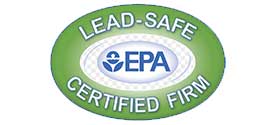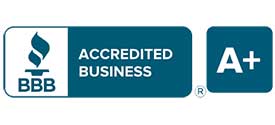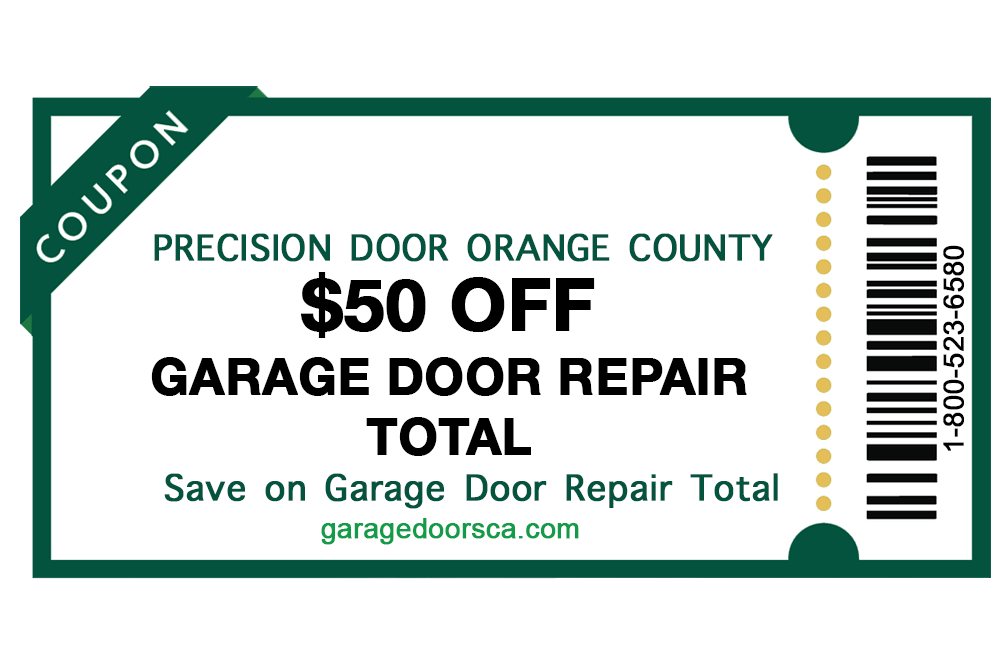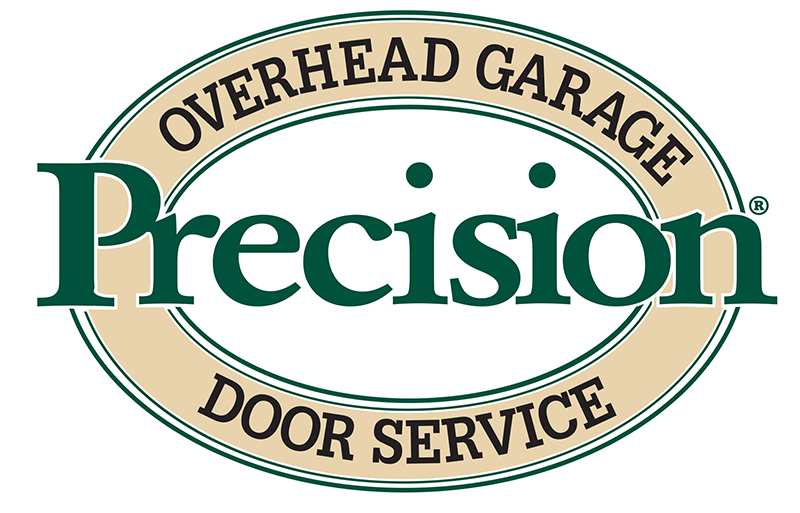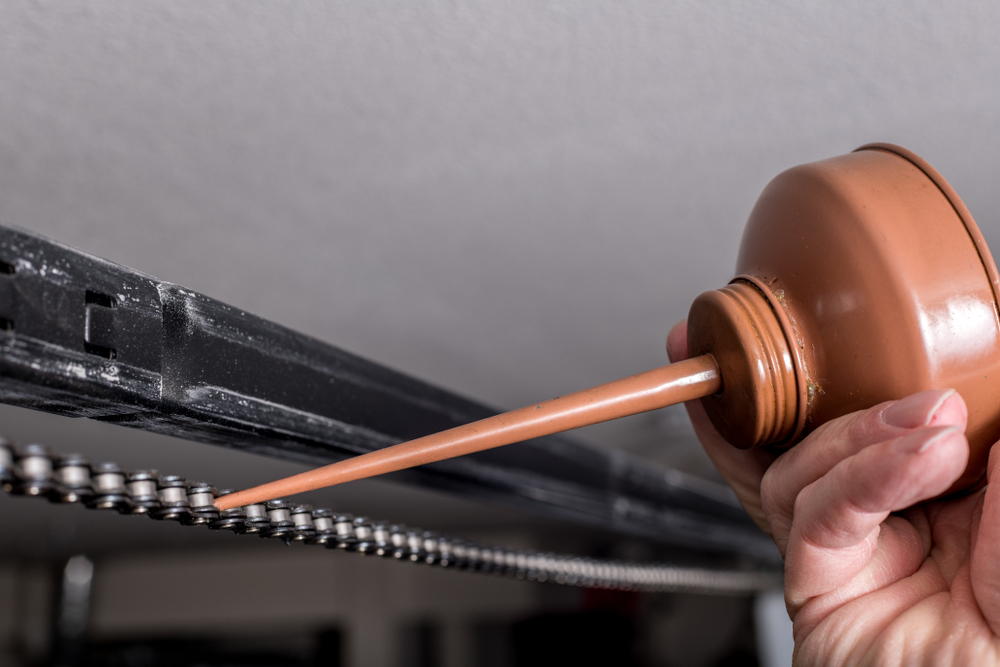
How to Properly Lubricate a Garage Door
Imagine coming home from a long stressful day at work and noticing loud metallic sounds coming when you begin to use your garage door. This can no doubt ruin the stress-free environment that should be your home. Fortunately, there are ways to ensure that you never have to hear those screeching sounds again. Lubrication is the best way to tackle this issue, but it does require a few things to lubricate a door correctly.
Targeting All the Right Spots to Lubricate
It is important to note that the noise coming from your garage door isn’t coming from just one area but rather a series of components that make up the entirety of the garage door and which you would need to lubricate. The best way to go about starting your lubrication process is to tackle the biggest components first. Begin with wiping down the tracks in order to remove any debris and build-up of grime and dirt. Next, you are going to spray the torsion springs (located above your door) with lubrication spray. Note that if you notice that they are damaged, or a little bit loose, you should avoid messing with them. Torsion springs carry a lot of energy and can cause severe injury. Instead, seek the services of an Irvine garage door repair company to ensure that the job is done correctly and with all the safety precautions. The last components to spray include the rollers and any locks you may have.
What Lubricant to Use and Avoid
When you’re seeking to purchase a lubricant for your door, it is important not to spray WD-40 on your garage door components. The reason behind this is because the spray is more for cleaning areas rather than lubricating. Instead, it is better to choose a white lithium grease or silicone spray. You may also utilize aerosols to pump in the lubrication within small moving parts of the garage door that tend to attract dust from engine oil.
